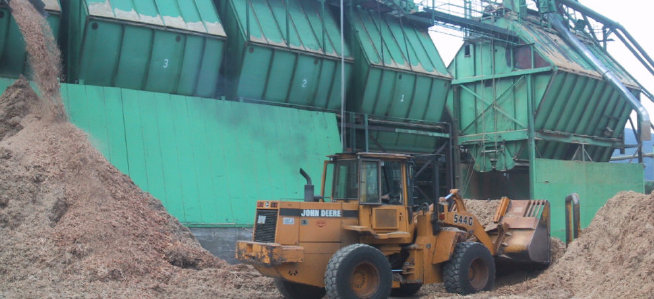







Bioenergy is currently an under-utilised resource in
Traditionally,
biomass fuel has mostly been wood, particularly residues from the forest industry; particularly from wood remanufacturing
plants. As the market for biomass energy matures competition for 'easy-to-combust' wood residue becomes tighter, driving up
prices.
Moreover, fluctuations in lumber and pulp markets impact the supply side and fuel availability for bioenergy. As
a consequence other potential biomass sources including energy harvesting of dead forest stands, tree pruning, agricultural and
livestock waste, and the biogenic fraction of municipal waste are being looked into.
While investments into a given biomass
energy technology typically are made with a life expectancy of 20 to 30 years, fuel supply chains can often only be secured
for the first several years.
CBER will analyze the availability and price of biomass feedstock from various sources, assess
their suitability for a given conversion technology, and research chemical and physical properties.
Points we cover
within biomass resource studies include: